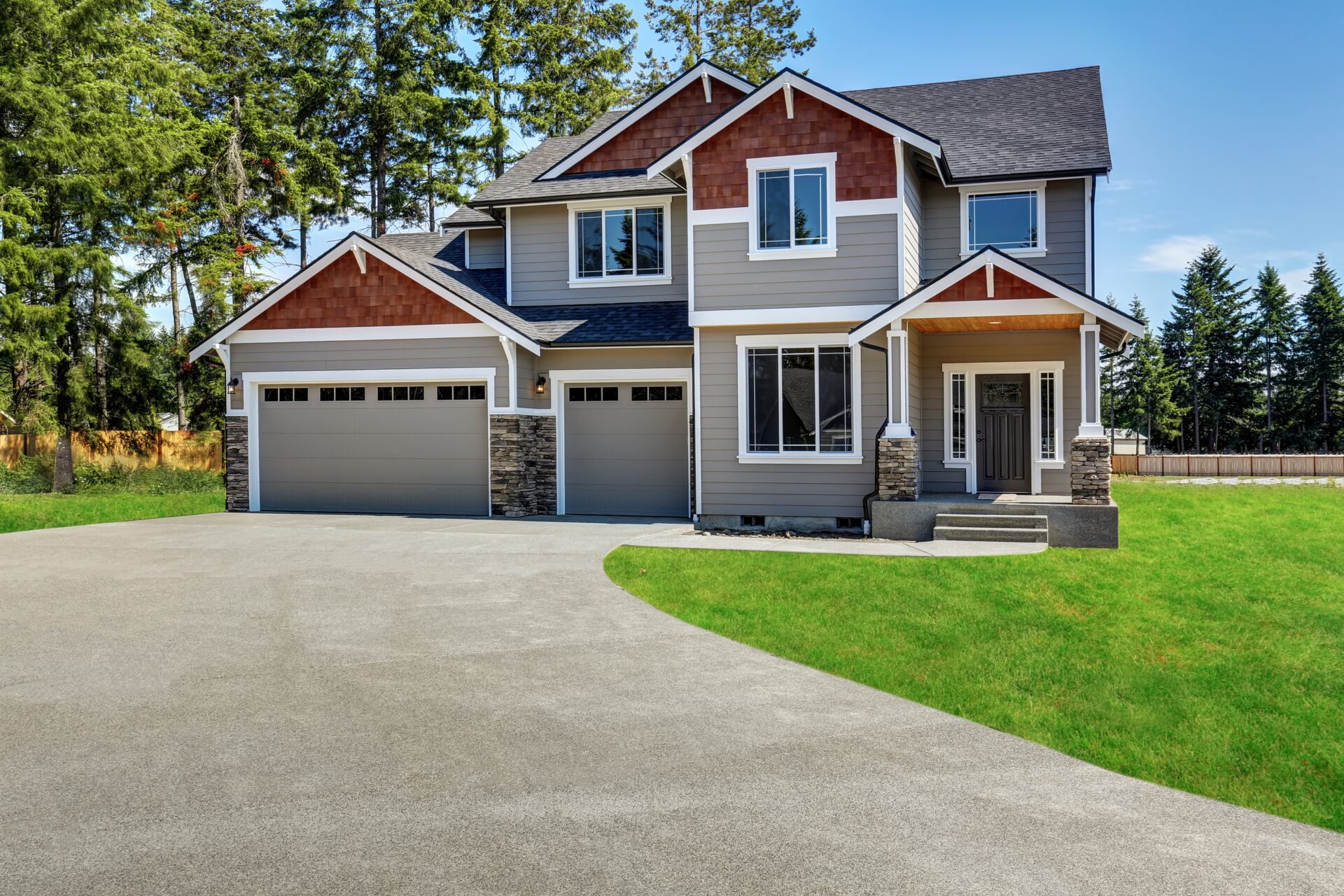Transform Your Vision into Fact with a Relied On Concrete Contractor
Transform Your Vision into Fact with a Relied On Concrete Contractor
Blog Article
The Environment-friendly Option: Concrete Sidewalks for Your Community
Selecting concrete for your neighborhood walkways can make a significant distinction in terms of sustainability and eco-friendliness. Let's discover why concrete sidewalks could be the environmentally friendly choice your area needs.
Advantages of Concrete Sidewalks
When considering the installation of sidewalks in a neighborhood, the advantages of picking concrete over various other products are considerable and various. Concrete pathways provide toughness, standing up to hefty foot web traffic, weather fluctuations, and environmental aspects much better than alternative products like asphalt or gravel.

Toughness and Durability
Exactly how can concrete sidewalks outmatch various other materials in terms of sturdiness and longevity? Concrete sidewalks are renowned for their outstanding longevity and long life contrasted to different materials like asphalt or pavers.
Additionally, concrete's toughness reduces the requirement for constant repair work or replacements, making it a economical and lasting selection for community walkways. By spending in concrete sidewalks, neighborhoods can take pleasure in a reliable and durable facilities that improves the total aesthetic charm and capability of the location.
Reduced Upkeep Needs
Concrete pathways stand out for their minimal maintenance needs due to their durable nature and lasting performance. Unlike different products that may require regular fixings or substitutes, concrete sidewalks provide a cost-efficient option that demands little maintenance over time.
Regular maintenance for concrete walkways commonly includes simple tasks such as normal cleansing to remove particles and periodic sealing to shield the surface area. In contrast to materials like asphalt or pavers that may change, fracture, or degrade more quickly, concrete walkways keep their architectural integrity with marginal treatment. In addition, any kind of fixings that may be required are generally localized and can be attended to swiftly, minimizing both the moment and cost connected with maintenance.

Environmental Advantages
With an emphasis on sustainability and eco-friendliness, concrete walkways supply noteworthy environmental benefits that contribute to a greener area framework. Furthermore, concrete sidewalks have a high solar reflectance index, indicating they mirror a significant quantity of sunshine rather of taking in and keeping warmth.
Furthermore, concrete is a porous product that permits water to infiltrate into the ground, lowering stormwater overflow and helping in groundwater recharge. This helps stop erosion, minimize flooding, and keep the all-natural equilibrium of water systems in your area. By choosing concrete walkways, neighborhoods can make a lasting option that favorably impacts the setting and improves the top quality of life for citizens.
Enhancing Neighborhood Sustainability
By prioritizing lasting framework solutions, communities can cultivate an unified balance between ecological consciousness and area advancement. Enhancing area sustainability involves a multifaceted approach that exceeds simply the ecological benefits of concrete walkways. Executing eco-friendly areas, promoting energy-efficient methods, and fostering a sense of area involvement are crucial parts of developing a sustainable neighborhood.
One way to boost community our website sustainability is with the integration of absorptive concrete pathways. These walkways allow rain to permeate into the ground, reducing stormwater drainage and decreasing the stress on community drainage systems. Click Here. By integrating permeable pathways, communities can improve water top quality, minimize flooding risks, and boost general environmental resilience
In addition, advertising alternative transport approaches such as walking and biking can dramatically minimize carbon discharges and promote a much healthier way of life among homeowners. Developing secure pedestrian paths, bike lanes, and designated greenways can encourage homeowners to depend less on automobiles, further adding to the area's sustainability goals.
Conclusion
In verdict, concrete sidewalks supply various benefits for areas, including sturdiness, low upkeep needs, and ecological advantages. By picking concrete sidewalks, communities can improve their sustainability and add to a much more environmentally friendly environment. It is clear that concrete pathways are the suitable choice for areas wanting to boost their infrastructure in a ecologically pleasant and long-lasting way.
When taking into consideration the setup of pathways in a neighborhood, the benefits of selecting concrete over various other products are substantial and numerous. Furthermore, concrete's durability decreases the requirement for regular repair services or substitutes, making it a sustainable and cost-efficient selection for area sidewalks (Concrete Contractor).With an emphasis Go Here on sustainability and eco-friendliness, concrete sidewalks offer noteworthy environmental benefits that add to a greener neighborhood facilities. Enhancing community sustainability entails a complex approach that why not look here goes beyond simply the ecological benefits of concrete walkways.In final thought, concrete walkways use many benefits for neighborhoods, including sturdiness, low maintenance demands, and ecological benefits
Report this page